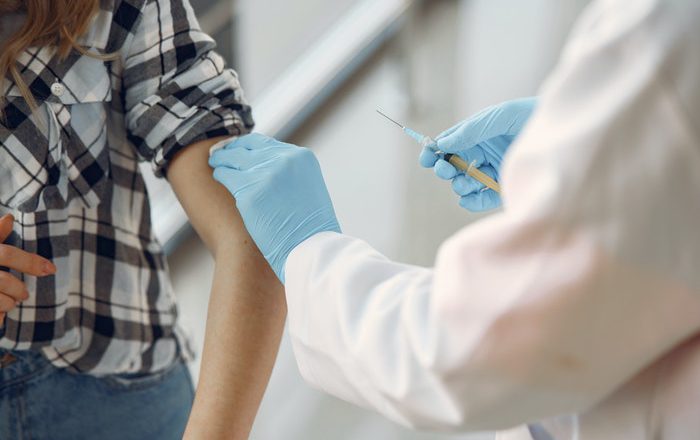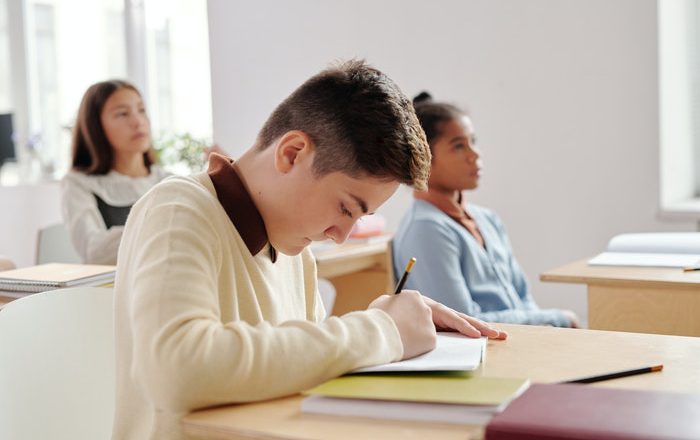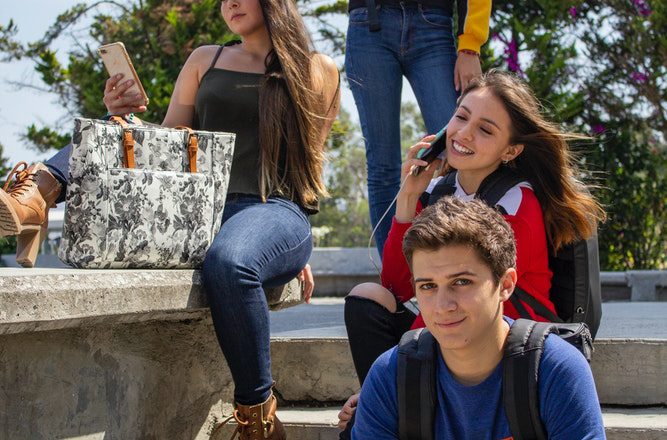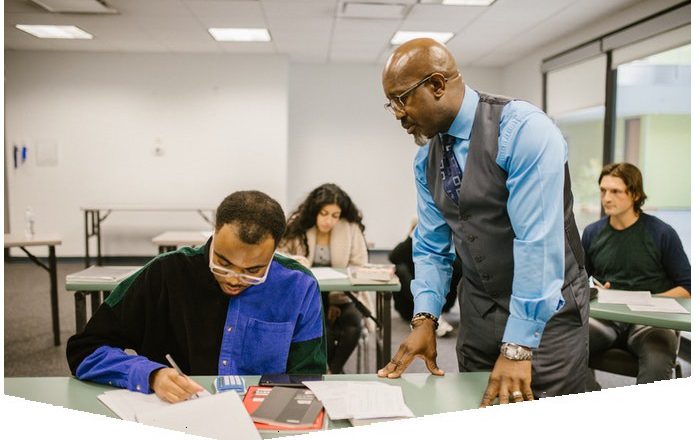To Catch Students Up After The Pandemic Intensive Tutoring, Longer School Days And Summer Sessions May Be Needed
Thomas Goldring, Georgia State University and Tim R. Sass, Georgia State University
The Research Brief is a short take about interesting academic work.
The big idea
The COVID-19 pandemic has led to substantial reductions in student learning in metro-Atlanta public elementary and middle schools. What’s more, these impacts have grown over time, according to our new research.
By winter of 2020-21, we found that average math achievement within a grade was up to seven months behind where students likely would have been had the pandemic not occurred. In reading, students were up to 7 ½ months behind on average in some grades.
Students often fell further behind between the fall and winter tests, sometimes dramatically so. The effects of the pandemic varied by subject, grade and school district...







